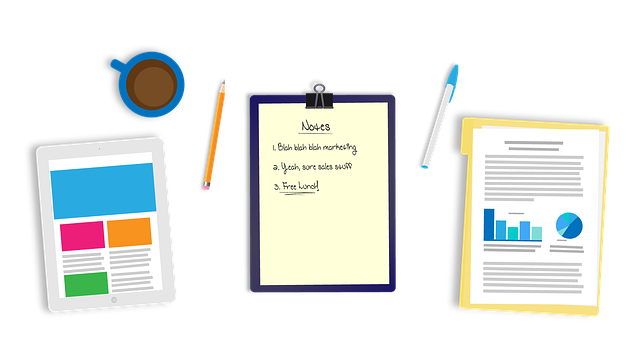In today's digital age, AI-powered soil moisture monitoring systems are transforming residential landscaping by replacing manual checks with advanced technology. These systems use AI visual recognition for yard shape analysis, enabling efficient and precise assessment of soil hydration across diverse landscape areas. By analyzing aerial or satellite imagery, AI can identify landforms, vegetation patterns, and structural elements to understand yard topography, assess plant health, detect water bodies, and pinpoint erosion-prone areas. This data-driven approach ensures optimal plant health, promotes sustainability, conserves water resources, and allows for tailored irrigation and suitable plant choices. However, challenges include data privacy concerns and the need for high-quality datasets for accurate model training. As AI technology matures, these hurdles will be overcome, leading to wider adoption of intelligent moisture monitoring systems in residential landscaping.
Residential landscaping thrives on optimal soil moisture, a delicate balance that traditional monitoring methods struggle to maintain. Enter AI, revolutionizing the industry with advanced soil moisture monitoring systems. This article delves into the urgent need for AI-powered solutions in residential landscapes, exploring how AI visual recognition can transform yard shape analysis and its potential to integrate cutting-edge technology. We examine the benefits and challenges of adopting AI, shedding light on its promise to elevate landscaping to new heights through efficient water management and enhanced aesthetic design.
- Understanding the Need for AI-Powered Soil Moisture Monitoring in Residential Landscapes
- How AI Visual Recognition Can Transform Yard Shape Analysis
- Integrating AI Technology: Benefits and Challenges for Residential Landscaping
Understanding the Need for AI-Powered Soil Moisture Monitoring in Residential Landscapes

In today’s digital era, residential landscaping is evolving with advanced technology, and AI-powered soil moisture monitoring systems are at the forefront of this revolution. Traditional methods of manual checks for soil hydration are time-consuming and inefficient, especially for large or complex residential properties. Here, Artificial Intelligence (AI) offers a game-changer solution. By integrating AI visual recognition for yard shape analysis, these innovative systems can comprehensively assess soil moisture levels across diverse landscape areas.
This technology enables precise understanding of each region’s unique characteristics, from shaded spots to open spaces, and their respective water requirements. With AI, homeowners and landscapers can ensure optimal plant health by delivering the right amount of water to every part of the garden. Such precision monitoring not only conserves water but also contributes to a sustainable and vibrant landscape design.
How AI Visual Recognition Can Transform Yard Shape Analysis

The integration of AI visual recognition technologies has the potential to revolutionize how we approach yard shape analysis, offering a sophisticated and efficient solution for residential landscaping. By leveraging machine learning algorithms, these systems can analyze aerial or satellite imagery to identify and categorize different landforms, vegetation patterns, and structural elements within a property. This capability allows for a comprehensive understanding of yard topography, which is crucial for designing personalized landscaping plans.
AI visual recognition goes beyond basic shape detection; it can also assess the health of plants, detect water bodies, or identify areas prone to erosion. Such insights enable landscape architects and designers to make data-driven decisions, ensuring that irrigation systems are optimized, plant choices are suitable for local conditions, and potential issues like overflow or soil degradation are addressed proactively.
Integrating AI Technology: Benefits and Challenges for Residential Landscaping

Integrating Artificial Intelligence (AI) technology into residential landscaping offers both significant benefits and unique challenges. One of the most promising applications is AI visual recognition for yard shape analysis, where advanced algorithms can assess the layout and features of a garden or outdoor space. This capability enables precise moisture monitoring tailored to each property’s specific topography, ensuring water distribution is optimized and waste is minimized. By analyzing imagery from satellites or drones, AI systems can identify different zones within a landscape—lawns, flower beds, shrubs, and trees—and determine their unique moisture requirements.
However, implementing such technology comes with certain hurdles. Data privacy concerns are paramount, especially when dealing with aerial imagery that might capture sensitive residential areas. Additionally, the accuracy of AI models heavily relies on high-quality, diverse datasets for training. In the context of landscaping, this includes detailed images representing various climate conditions, soil types, and plant species prevalent in different regions. Ensuring these data sets are readily available and up-to-date can be a complex task. Nonetheless, as AI technology matures and data collection methods improve, these challenges will likely become more manageable, paving the way for wider adoption of intelligent moisture monitoring systems in residential landscaping.
AI-powered soil moisture monitoring systems are transforming residential landscaping, offering precise insights into yard health. By leveraging advanced AI visual recognition for yard shape analysis, professionals can optimize water usage, enhance plant growth, and create more sustainable outdoor spaces. While integration of AI technology presents benefits like improved efficiency and data-driven decisions, challenges such as initial costs and privacy concerns must be addressed. Despite these, the future of residential landscaping looks bright with AI at its core, promising to revolutionize how we care for our outdoor environments.
